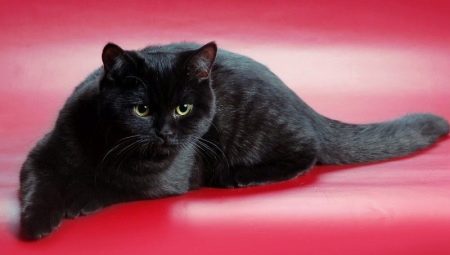Cats are by far the most popular pets. And Scottish cats were no exception.
This breed was formed relatively recently: about 50 years ago. Their first representatives appeared in Scotland and in connection with this received such a name. But for a very long time, their appearance was considered a defect. They also had admirers, whom they immediately liked.
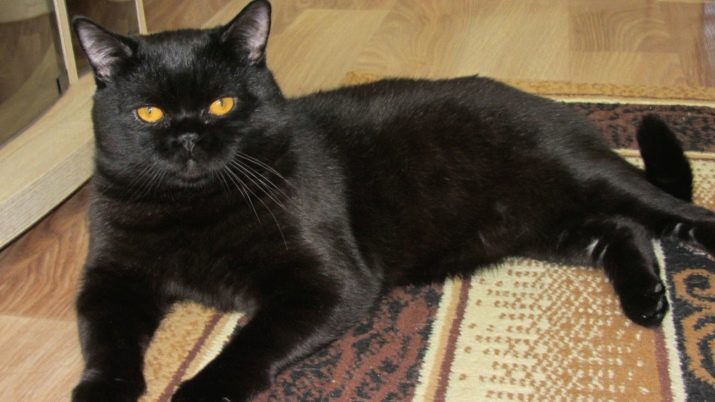
They became popular only in the late 90s, as they were imported to the United States. A little earlier, in 1980, they decided on their standards in appearance, and after that everyone tried to bring out exactly this type of cats, which were called Scottish fold.
Breed description
The breed is born with ordinary ears. And by the first month in some individuals they remain so, but for someone they take a hanging position - that’s why they stand out from the rest. This feature has always been of interest.
It was formed due to a mutation, so it is difficult to imagine how kittens will be born.
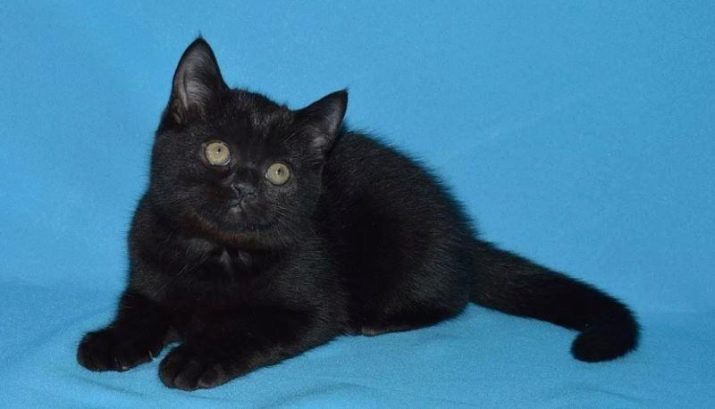
From birth, they have round, strong heads and powerful jaws. Immediately a feature like chubby cheeks catches your eye, in boys they are more noticeable. The ideal ears of this breed are usually small and drooping. They also stand out with their own eyes - they have round and large. Paired with such ears, a slightly surprised expression of the muzzle is obtained.
Paws of kittens of average length, but quite powerful. Their weight is approximately 4-5 kg. There are specimens that can reach a weight of 7 kg and even more. Cats are always larger.
Scottish cats have a very large palette of colors in color. A wide variety of shades can be found, but gray and purple are most often observed.

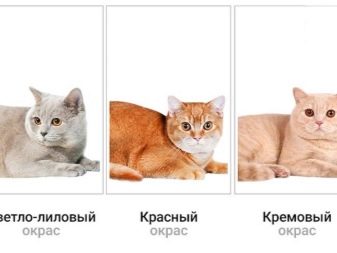
They are also divided into long-haired (highlen fold) and short-haired (Scottish fold).
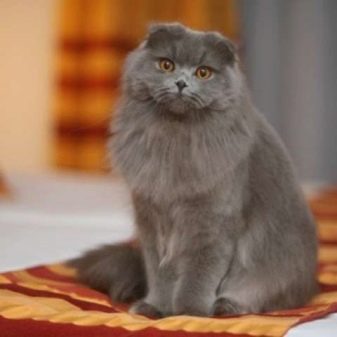
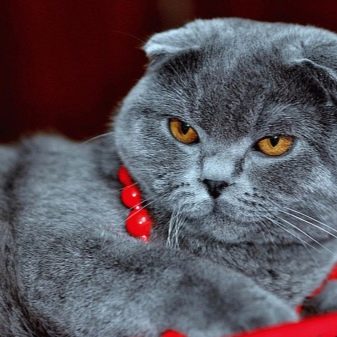
All kittens have very soft fluffy hair, which needs quality care. To a greater extent this applies to long-haired cats.
At the moment, tickled coloring has received great excitement, since it is very beautiful. Also, representatives of this color have a wonderful character.
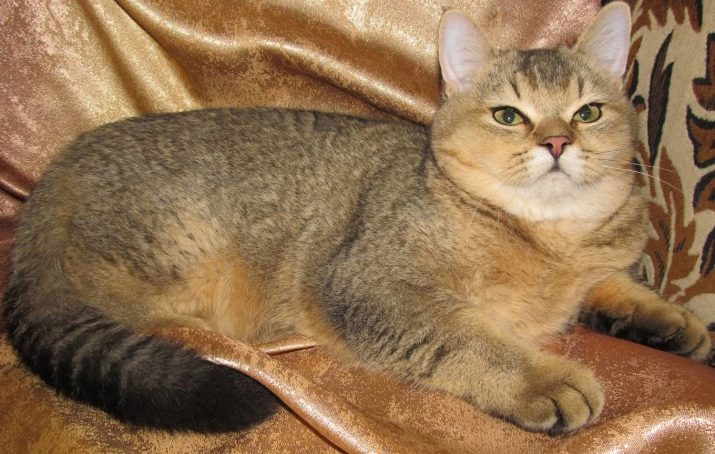
Temperament
With age, the character can become absolutely anything - it depends on the attitude to the pet and on the environment in which it lives.
For this reason, those who grew up in a family with children and other animals grow up with a soft character than individuals living alone. But despite this, even angry cats will show their gentle nature. Aggression manifests itself in such individuals only when they feel threatened. In infancy, Scots are active and inquisitive. With age, they can remain the same or become lazy.
In the latter case, most of the time the pets will simply wallow.

There are no serious flaws in this breed. But there is such a minus as stubbornness. If, for example, the owner wants to teach something to his pet, then this can cause problems. For this reason, a person will have to have more patience.
Lop-eared cats are very attached to the house and their owner. They do not like when they put some kind of restrictions. These animals love to eat, so you need to monitor their diet so that pets do not gain excess weight.
Color description
The black Scottish cat (smoke-like) is one of the most common variants. Its color is usually uniform, without any inclusions. If you want your pet to participate in exhibitions, then you can’t have any specks of a different color or a red tint (rust) in the color. For this reason, the jury may lower their grades or simply prevent them.
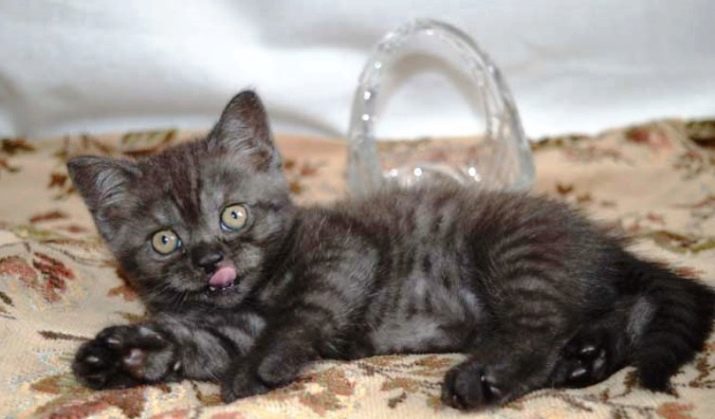
A little heterogeneous color or light undercoat can only be in babies, since such a shade is formed for a rather long time. When the color has already formed, the animal looks very impressive.
And the smooth-haired representatives still have black pads and a nose.
Care Features
Scottish cats need special care.
It consists of the items described below.
- Air temperature. Because of their coat, animals do not tolerate hot weather, so the temperature in the room should not exceed 21 degrees. Periodically you need to ventilate the room.
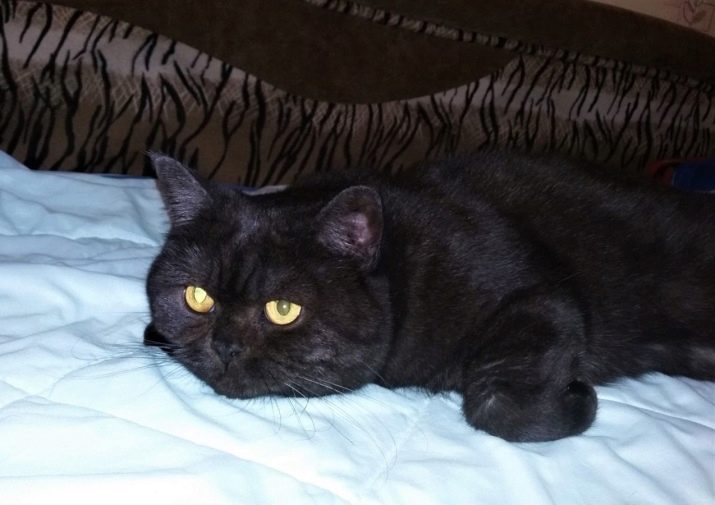
- the washing up. This procedure should be carried out 4 times a year, additionally before performances, during molting and as the coat becomes dirty. Suitable temperature should not be higher than 38-40 degrees. When bathing, you need to use a special shampoo and conditioner suitable for the type of pet's hair. After the animal is washed, it must be wiped with a soft towel and dried in a warm room with a hairdryer. Since this breed does not like water, in case of resistance it is necessary to use a dry shampoo that does not require rinsing. For this, the pet needs to be combed, then apply the product and comb again.

- Hair Care. Scots need to be combed in a timely manner, therefore, for short-haired pets, this procedure occurs 1-2 times a week, and for long-haired - 2-3 times. To comb the hair, a comb with frequent cloves is used, and during molting it is an effective combing device (furminator). Combs with natural bristles and slickers are not suitable, as they injure the skin and break the coat.
It is not allowed to trim pets, because wool protects animals from cold and heat.
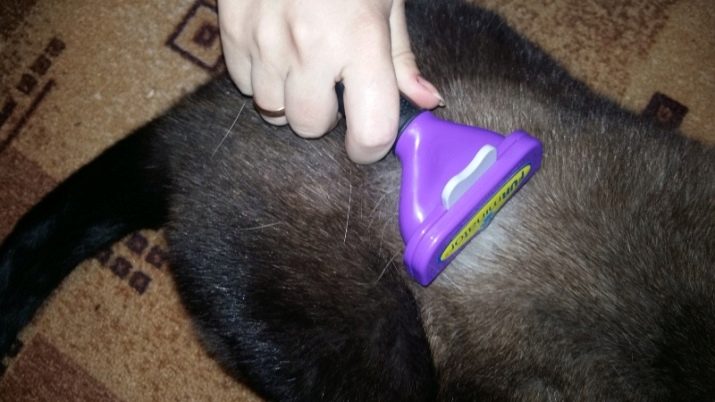
- Claw Care. Clippings should be trimmed once every two weeks with special scissors. To do this, gently push a finger on the pillow and cut off the keratinous part, the angle should be straight, the distance from the vessel is 2 mm. Then everything needs to be filed. If the living part was accidentally damaged, it is better to treat it with hydrogen peroxide.There must be a claw point.
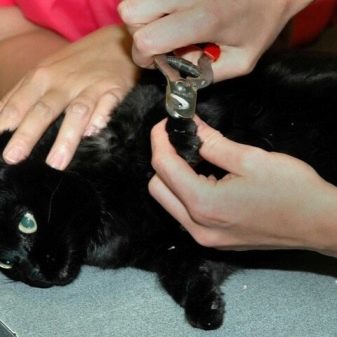
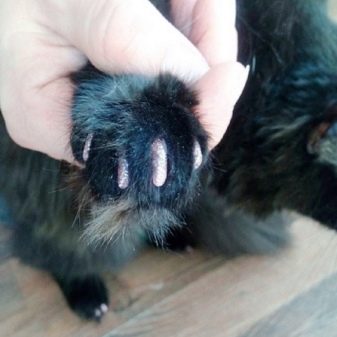
- Eye and ear care. Due to the peculiar structure of the nasal septum, the nasolacrimal canals narrow. In this regard, pet tear hanged. Upon contact with air, the discharge becomes brown. For this reason, it is necessary to constantly clean the eyes with a damp cloth. It is necessary to remove plaque from the ears with cotton pads, which should be moistened previously with vegetable oil.
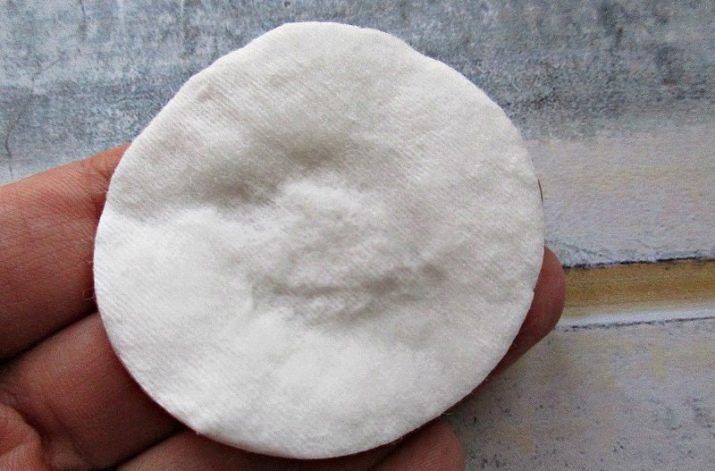
- Tray. You need to learn new things in a relaxed atmosphere. After the pet woke up or ate, the kitten should immediately be put on the tray. Thus, he learns faster.
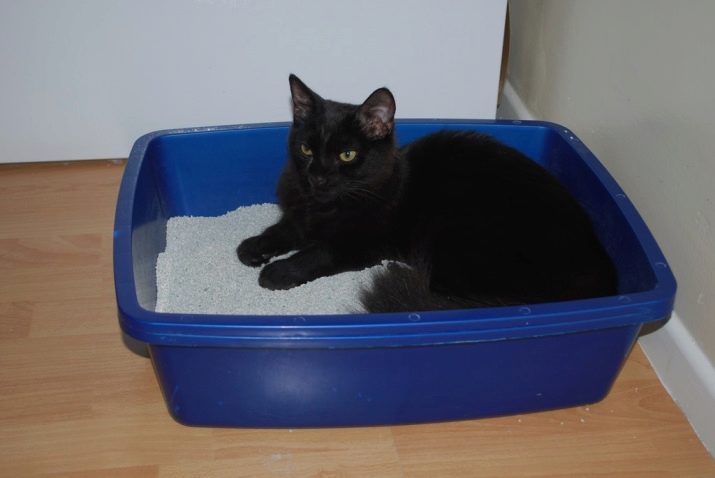
- Hygiene graze. Scots have a predisposition to gum disease. And they definitely need to brush their teeth once a week. This is done with animal paste and a special brush that is worn on the finger. If the animal resists, then you need to wrap it in a towel or after eating use a spray from germs, which can be purchased in specialized stores.
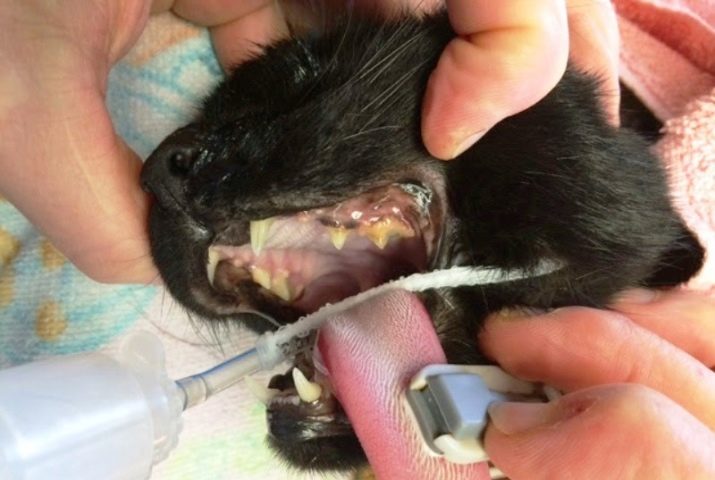
- Vaccination. If a person has taken a kitten who is already 3 months old, then he must be vaccinated. If this happened earlier, then you need to do the vaccination yourself. As soon as the kitten got into a new house, then within 10 days he will be twice worms. Then the vaccine is given and repeated after 21 days. The next time this procedure must be performed after 12 months. Vaccination for adult animals is carried out annually.
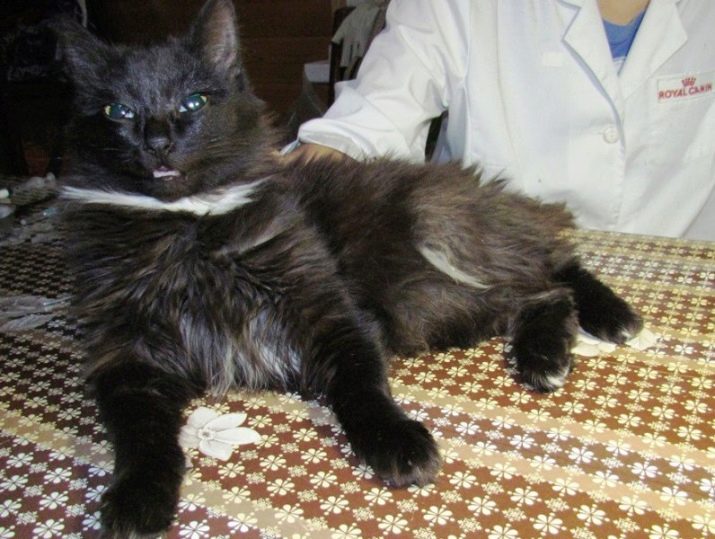
- Parasite treatment. Once every three months, the animal must be given funds against worms. Wool from parasites must be treated 1 time in 2 months. If the owner has accustomed the pet to such procedures from an early age, then he will not have any problems. Otherwise, you should choose the moment when the cat is in a good mood.
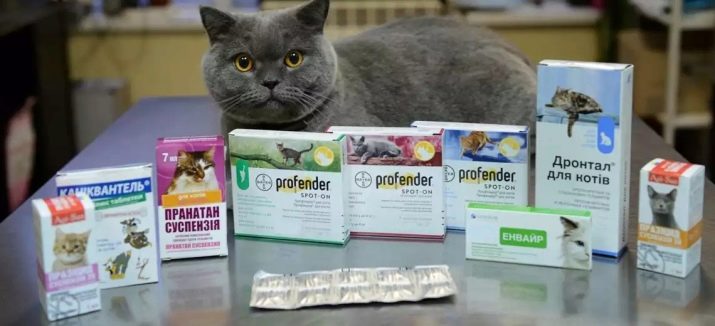
- Feeding. The nutrition of the Scots must be carefully monitored. He should not be given food from the table. He must not have access to food - this can lead to excess weight, which will adversely affect his health.
They are also prone to diseases of the digestive system.
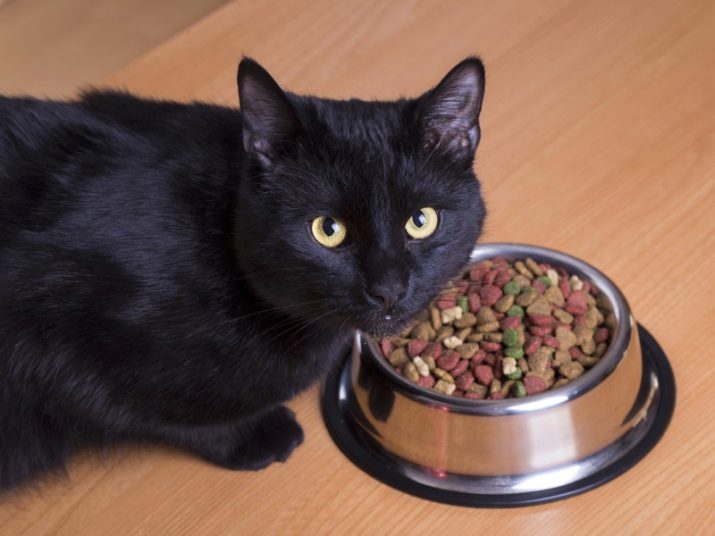
The story about the breed is in the next video.
